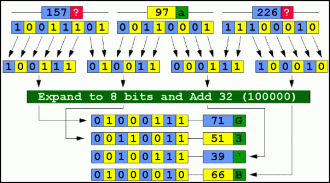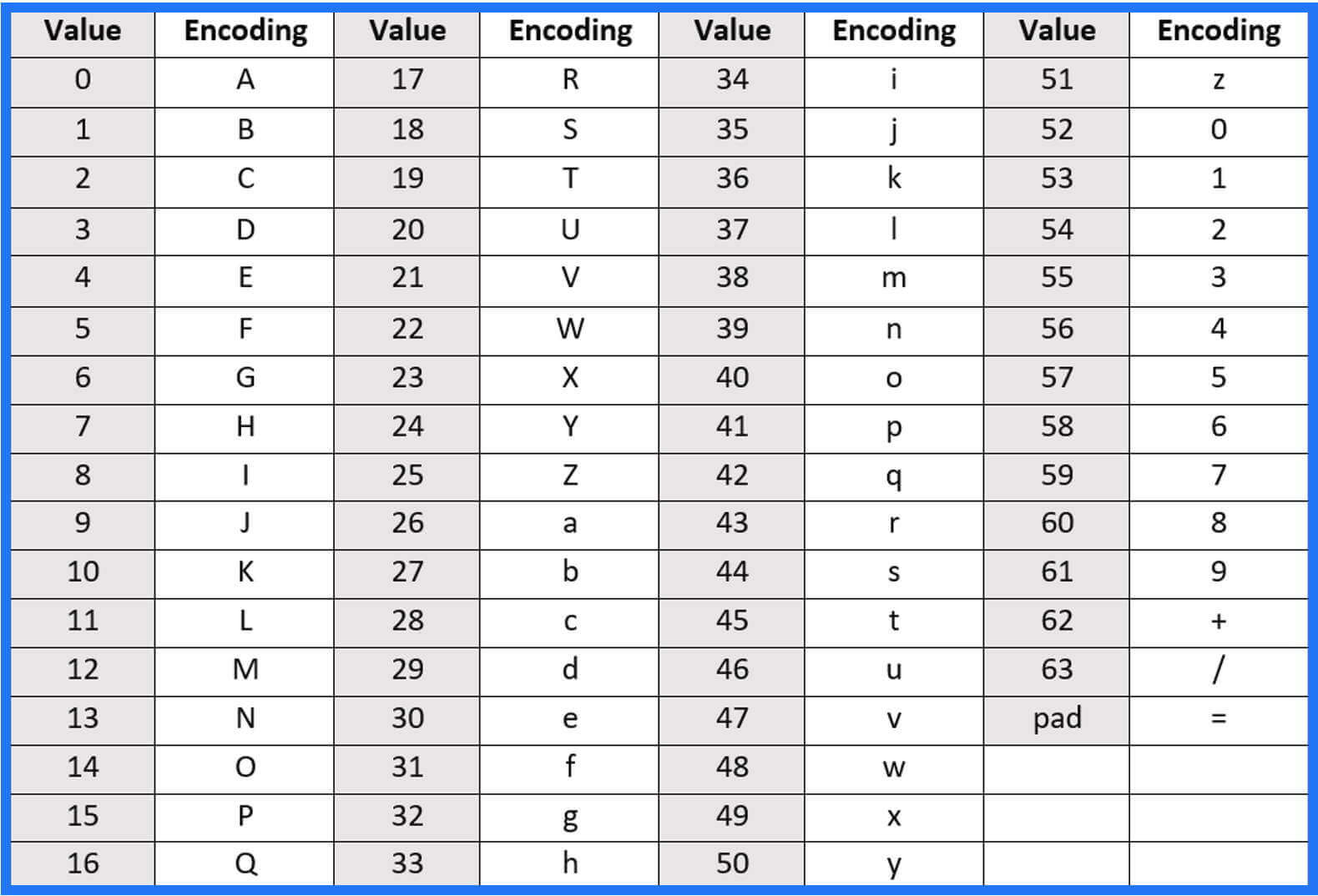

Listed here are a few examples on how to embed Base64 resources within different web documents. The Base64 Encode Online tool is a free encoder that converts to Base64 any text, local files, or remote files (URL).

Encode each line separately (useful for when you have multiple entries). To encode binaries (like images, documents, etc.) use the file upload form a little further down on this page. How can I embed Base64 encoded resource directly into HTML, XML and CSS files? Simply enter your data then push the encode button. The encoding script runs in your browser, and none of your credentials are seen or stored by this site. Why base64 encoding string have = sign in the last?īase64 ends with one or two = if they are required to pad the string out to the proper length.

You can get started by typing or pasting. This is to ensure that the data remains intact without modification during transport. Base64Encoder.io is a simple and easy-to-use online tool to encode any binary or text data to Base64 encoded format. When do I need to Base64 encode and decode online?īase64 encoding schemes are commonly used when there is a need to encode binary data that needs be stored and transferred over media that are designed to deal with textual data. Base64 encoded data must be decoded in order for the computer to understand the original data. URL Encode Online URL Decode Online JSON URL Encode JSON URL Decode. Input your string below, base64 or ascii: ENCODE. Best Base64 Decode Online tool is to decode base64 your String using Base64 Decoder. This adds up to 64 different values, hence the name base64. This page will help you to decode strings from Base64 or Encode strings to Base64 with our simple online tool. Just import your UTF8 text in the editor on the left and you will instantly get its base64 encoding. Base64 encoding schemes are generally used when there is a need to encode binary information that needs to be stored and transferred over media that are. This format only contains the ASCII characters 'A' through 'Z' (upper and lower case), digits '0' through '9', symbols '+', '/', and '=' for padding. Worlds simplest browser-based UTF8 to base64 converter. For example, binary files, such as images, often contain bytes that can interrupt an e-mail transmission, so attachments are often base64-encoded (using MIME) so that this binary data converts into a friendlier format. Since it is impossible to accurately exactly which standard was used for encoding, it will find all possible standards that correspond to the submitted. What data is supported by this service?īase64 is encoding that allows files or data to be embedded in media that otherwise does not allow certain data. I developed the Base64 Standard Detector in order to solve this problem and find out which standard was used to encode the original data.How can I embed Base64 encoded resource directly into HTML, XML and CSS files?.Why base64 encoding string have = sign in the last?.When do I need to Base64 encode and decode online?.

If there is no special description for Base64 encoding, it is usually agreed that non-ASCII characters are encoded according to the UTF-8 character set. Using utf-8 encoding can display Chinese normally (with the corresponding font library installed), but it may not be able to transmit Chinese normally, so there is no such concern when converting to Base64. Note that it is transmitted rather than displayed, such as in Western European computers. When do I need to Base64 encode and decode online Why base64 encoding string have sign in the last How can I embed Base64 encoded resource directly into. Paste the Base64-encoded text into the decoder.
#BASE64 ENCRYPTION ONLINE DOWNLOAD#
For example, in MIME-formatted emails, Base64 can be used to encode the content of the email, which is convenient for transmission between computers in different languages without garbled characters. Go to an online Base64 decoder website or download a Base64 decoding tool on your computer. However, it is most commonly used in the processing and transmission of text data. Convert each set of binary values to decimal, then find the corresponding symbols in the above table and concatenate them to be the Base64 encoding result.īase64 can be used for the underlying binary data encoding of arbitrary data, for applications where only ASCII characters can be transmitted. Base64 divides the input string into bytes, obtains the binary value corresponding to each byte (if it is less than 8 bits, the high-order bits are filled with 0), then concatenates these binary values, and then divides them into groups of 6 bits (because 2^6=64), if the last group is less than 6 bits, add 0 at the end.


 0 kommentar(er)
0 kommentar(er)
